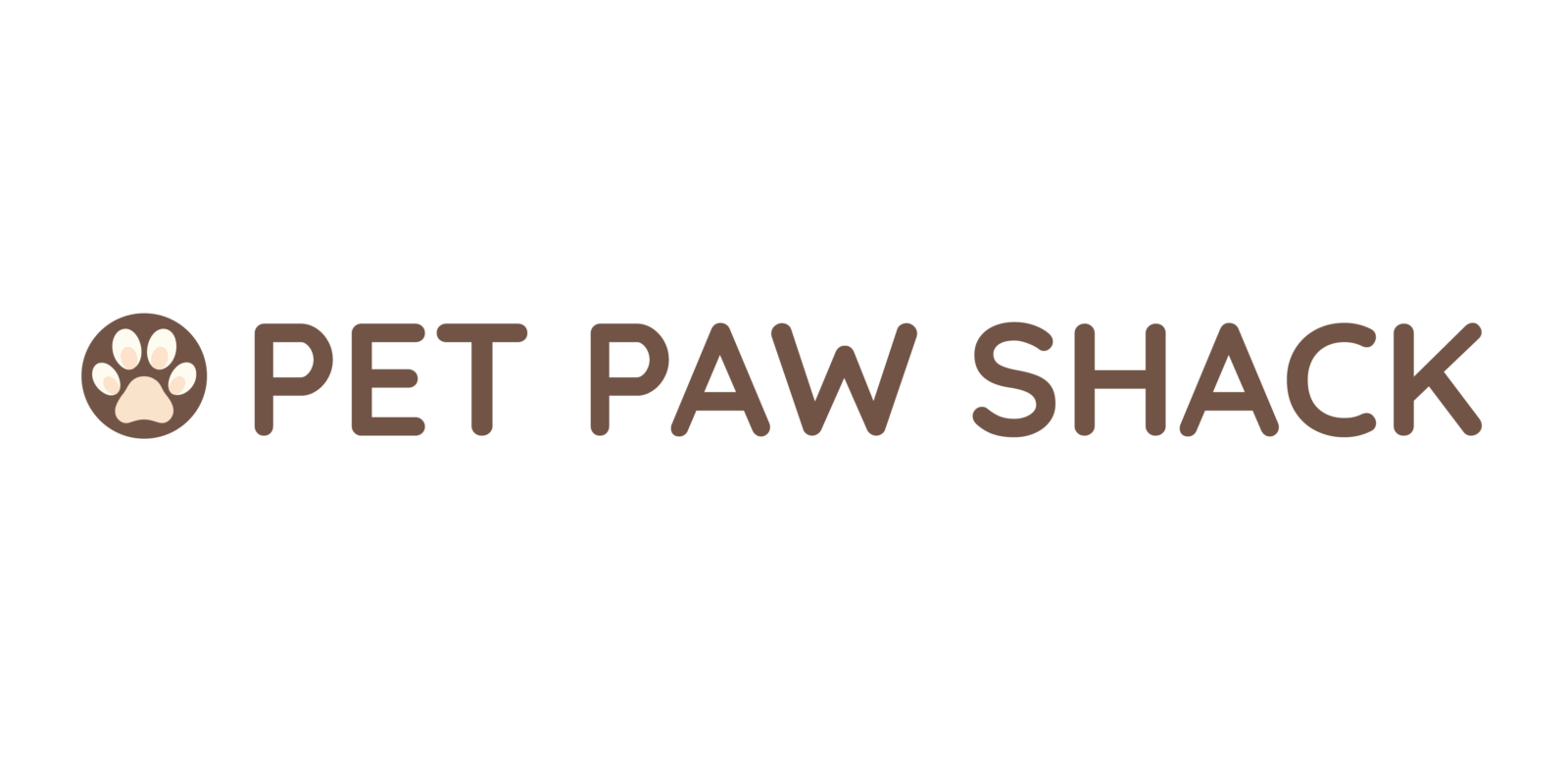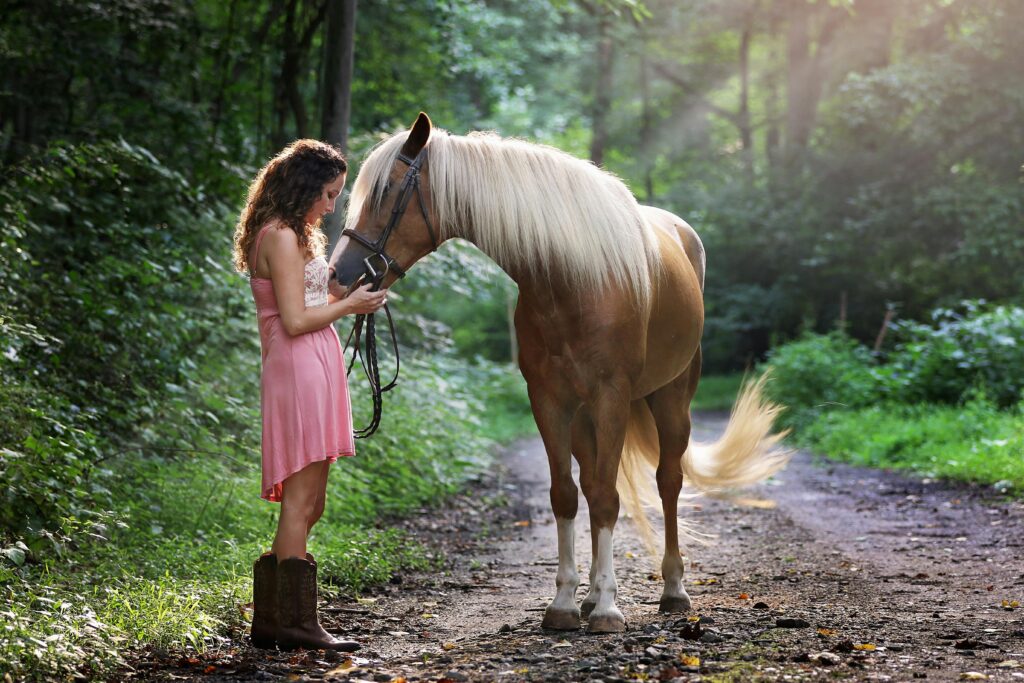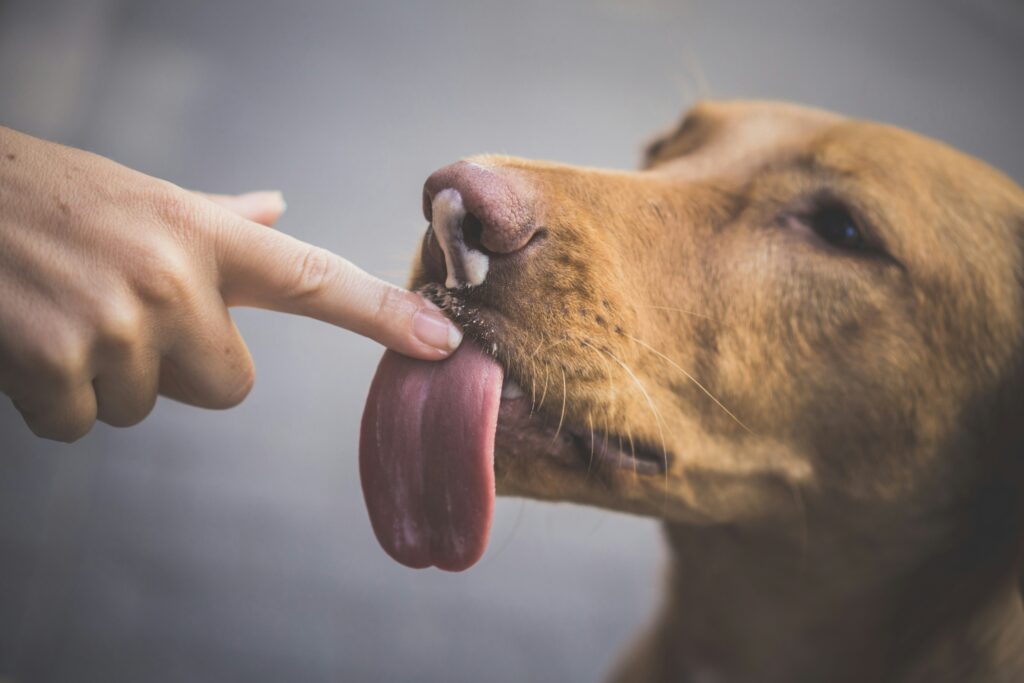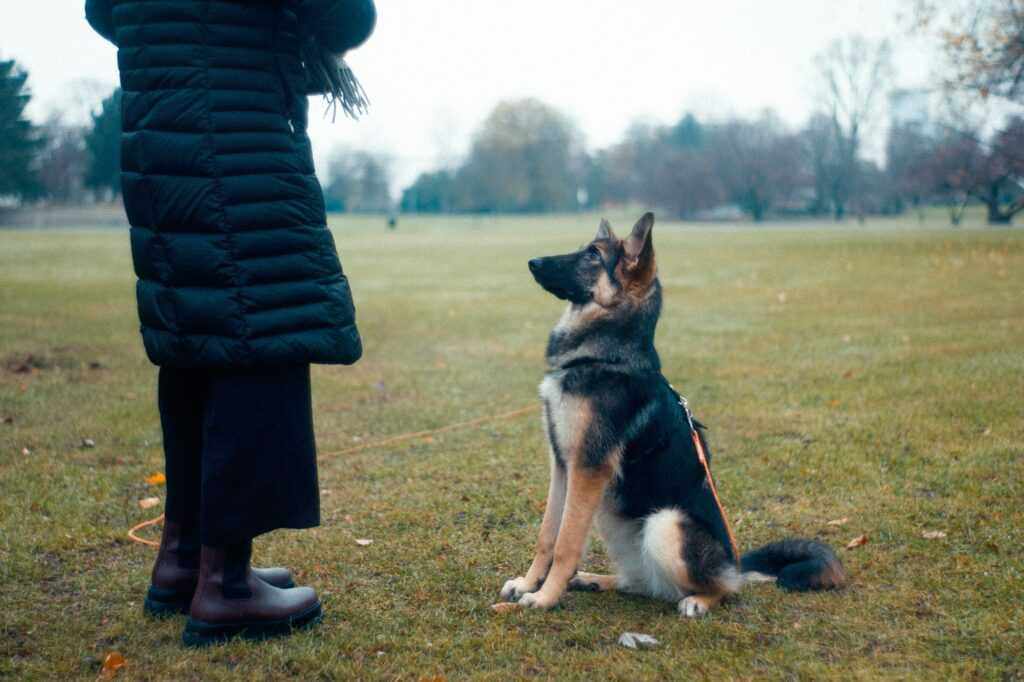The idea of a horse as a pet often conjures romantic images: a child braiding a pony’s mane, a noble steed galloping across an open field, or a quiet nuzzle over a fence gate. For many, the horse represents freedom, power, and a deep, almost spiritual connection.
But then, reality sets in. A horse isn’t a Golden Retriever. You can’t kennel them when you go on vacation, they can’t curl up at the foot of your bed, and their “food” doesn’t come in a 30-pound bag from the grocery store.
This begs the question: Can a 1,200-pound animal, technically classified as livestock, truly be a “pet”?
The answer is a resounding yes. A horse can be one of the most profound and rewarding companion animals a person can ever know. But it’s crucial to understand that a horse is not just a large pet; it is a lifestyle. Before you take the plunge, let’s realistically break down the pros, the cons, and the essential care involved.
The “Pros”: The Unique Joys of Equine Companionship
There’s a reason people dedicate their entire lives to these animals. The “pros” of horse ownership go far beyond just having something to ride.
- An Unmatched Bond: The relationship you build with a horse is unlike any other. It’s a partnership built on non-verbal communication, trust, and mutual respect. When a prey animal of that size willingly partners with you, follows your lead, and seeks you out for comfort, it’s a feeling of connection that is difficult to describe.
- Physical Health Benefits: Forget the gym. Mucking stalls, hauling hay bales, grooming, and, of course, riding are all physically demanding activities. Horse ownership gets you outside in all weather, keeps you active, and builds core strength, balance, and stamina.
- Mental and Emotional Well-being: There is a reason equine therapy is so effective. The simple, rhythmic act of grooming a horse, or the quiet focus required for a ride, can be incredibly meditative. They are grounding animals that live in the moment, and they can be a powerful antidote to modern-day stress and anxiety.
- A Gateway to Sport and Community: Whether you want to explore quiet trails, learn the intricate dance of dressage, or enjoy the thrill of show jumping, horses provide a hobby that can last a lifetime. This hobby also comes with a built-in community of fellow horse lovers.
The “Cons”: The Unvarnished Realities of Horse Ownership
This is where the dream meets the dirt. The “cons” are not meant to scare you off, but to prepare you. Nearly every horse rescue is full of animals that were the result of unprepared owners.
- The Financial Commitment (It’s Huge): This is the single biggest barrier. A horse is a financial fire hose.
- Initial Cost: The initial purchase price can range from a free companion to tens of thousands of dollars, depending on what you find on platforms like HorseClicks or through private breeders.
- Boarding: Unless you own a suitable farm, you’ll pay for board. This can range from $200/month for “pasture board” to over $1,000/month for a full-service stall at a high-end facility.
- Feed: Hay and grain costs fluctuate, but they are a constant, significant expense.
- Farrier: Horses need their hooves trimmed or shod every 6-8 weeks, which is a non-negotiable cost.
- Veterinary Care: Annual vaccines, teeth floating (filing), and de-worming are routine. The real financial danger is the emergency vet bill. A single colic (stomach) episode or leg injury can easily run into the thousands, or even tens of thousands, of dollars.
- The Time Commitment: You can’t just fill a bowl and leave. Horses require daily care. This means feeding twice a day, every day, in blizzards and on holidays. It means mucking stalls, cleaning water troughs, grooming, and exercising. It’s a 365-day-a-year job.
- Space and Facility Needs: A horse cannot live in a large backyard. They require acres of safe, well-maintained pasture, sturdy fencing, and, at minimum, a run-in shed for shelter from wind, rain, and sun.
- The Inherent Risk: A horse is a 1,200-pound prey animal with a powerful fight-or-flight instinct. Even the kindest, best-trained horse can spook, kick, bite, or step on you. Working with horses always carries a risk of serious injury.
Beyond “Pet”: Understanding the Horse’s Needs
To successfully keep a horse as a pet, you must first respect its needs as a horse. Your human-centric idea of “care” (like a warm garage) may not align with their biological needs.
- Horses are Herd Animals: A horse should never live alone. They are intensely social and derive safety and comfort from a herd. A solitary horse is a stressed, unhappy horse. They need at least one other equine companion (another horse, a donkey, or even a goat in some cases).
- They are Forage Eaters: A horse’s digestive system is designed to graze constantly (16-20 hours a day). A diet should be “forage-first,” meaning near-constant access to hay or pasture. Restricting food for long periods can cause severe health problems like ulcers and colic.
- They Need to Move: Horses are not designed to stand in a small stall all day. They need a “turnout” space where they can walk, graze, and socialize. The more movement, the healthier the horse.
Essential Care Tips for Your Equine Partner
If you’ve weighed the pros and cons and are ready for the commitment, congratulations! Here are the fundamental tips for success.
- Find Your “Team” First: Before you even buy the horse, find a good veterinarian and a reliable farrier in your area. These two professionals will be your lifeline.
- Establish a Routine: Horses thrive on consistency. Feed them at the same times every day. Keep their turnout and exercise schedule as regular as possible.
- Education is Non-Negotiable: Read books. Watch videos. Take lessons—not just riding lessons, but horsemanship lessons. Learn to read equine body language, understand basic equine first aid, and learn what is “normal” for your horse.
- Prioritize Safety: Always wear a helmet when riding. Always wear sturdy boots (never sneakers) when working on the ground. Learn the safe way to lead, tie, and handle your horse.
- Grooming is Bonding: Daily grooming isn’t just about keeping your horse clean. It’s your daily “health check.” It’s when you’ll find small cuts, ticks, or signs of soreness. It’s also one of the primary ways to build trust and affection with your horse.
The Final Verdict
So, can a horse be a pet? Yes, and an extraordinary one at that.
They are not an accessory, a lawn ornament, or a weekend toy. They are a profound commitment of time, emotion, and finances. A horse will not just be part of your life; they will, in many ways, become your life. For those who are prepared to embrace that reality, the reward is a “pet” that offers a partnership, a challenge, and a loyalty unlike any other.


 Veterinary Advisor & Health Expert
Anthony Brooks is the in-house Veterinary Advisor at Pet Paw Shack, offering expert advice on pet health, disease prevention, and general veterinary care. With years of experience as a licensed veterinarian, Anthony helps guide pet owners through essential topics like vaccinations, routine checkups, and emergency care. His commitment to keeping pets healthy ensures that Pet Paw Shack delivers trusted and accurate medical insights.
Veterinary Advisor & Health Expert
Anthony Brooks is the in-house Veterinary Advisor at Pet Paw Shack, offering expert advice on pet health, disease prevention, and general veterinary care. With years of experience as a licensed veterinarian, Anthony helps guide pet owners through essential topics like vaccinations, routine checkups, and emergency care. His commitment to keeping pets healthy ensures that Pet Paw Shack delivers trusted and accurate medical insights.
